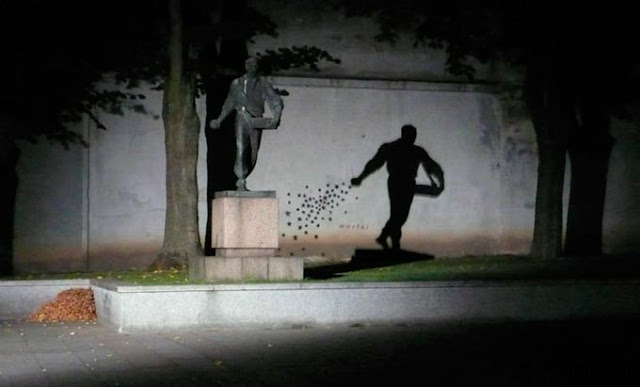The Black Death was one of the most devastating pandemics in human history, peaking in Europe between 1348 and 1350. Bubonic plague is a bacillus, an organism, most often carried by infested rats who were plague-ridden with fleas. The infected fleas, seeking a new blood meal jumped off their rodent hosts and leapt onto a human, biting their new victim causing infection. Thought to have started in China, it travelled along the Silk Road and had reached the Crimea by 1346. From there, probably carried by Oriental rat fleas living on the black rats that were regular passengers on merchant ships, it spread throughout the Mediterranean and Europe.The Black Death is estimated to have killed 30% – 60% of Europe's population,reducing the world's population from an estimated 450 million to between 350 and 375 million in 1400. This has been seen as having created a series of religious, social and economic upheavals, which had profound effects on the course of European history. It took 150 years for Europe's population to recover. The plague returned at various times, killing more people, until it left Europe in the 19th century.
Thousands painters perished, including the great Sienese geniuses, Ambrogio Lorenzetti and Pietro Lorenzetti. The heart of the art world was torn open. The horrors of the black death pervaded all aspects of Medieval culture and especially art. Giovanni Boccaccio, Italian writer and poet who lived through the plague, wrote "They sickened by the thousands daily, and died unattended and without help. Many died in the open street, others dying in their houses, made it known by the stench of their rotting bodies. Consecrated churchyards did not suffice for the burial of the vast multitude of bodies, which were heaped by the hundreds in vast trenches, like goods in a ships hold and covered with a little earth." The effects were lasting, bringing a somber darkness to visual art, literature, and music. The dreadful trauma of this era instigated the imaginations of writers and painters in frightful and gruesome ways for decades to follow. The insecurity of daily survival created an atmosphere of gloom and doom, influencing artist to move away from joyful spiritual themes and turn to images of Hell, Satan and the Grim Reaper. When the plague struck, Europe was emerging from the "dark ages" trying to put unpleasant memories behind it and move on to a more enlightened era. Barbarians no longer ran rough shod, putting entire villages to the torch and slaughtering the local peasants. Without the constant fear of invasion, art and architecture found fertile ground to grow. Medieval painters were not simply anonymous lowly craftsmen, but well respected professionals. They were held in high esteem and often interacted with clergy and wealthy patrons. The arrival of Black death harkened in a new darker era of painting. Artists were tormented by the constant menace of death, causing them to look for answers in scripture and the Church. Paintings overflow with tortured souls, death, dying, fire and brimstone.
 |
The Triumph of Death by Pieter Bruegel (painted around 1562 depicting the Black Death)
The Triumph of Death (detail) |




















